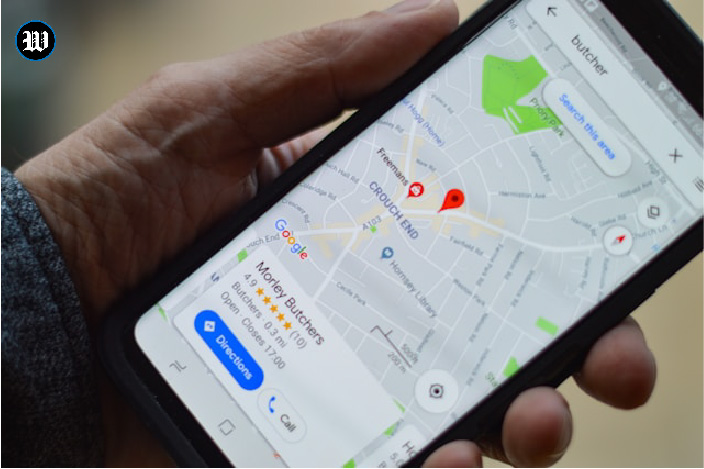Introduction to GPS Technology for Asset Protection
In an increasingly interconnected global, protective precious belongings have come to be a priority for both people and agencies. One of the simplest equipment for ensuring asset protection is GPS (Global Positioning System) generation. Originally developed for navy use, GPS has advanced into a crucial generation for tracking and protecting a wide range of properties, from motors to pricey systems. This article delves into how GPS technology enables safeguarding belongings, the benefits it offers, and the demanding situations in its implementation.
Benefits of Using GPS Technology for Asset Protection
Real-Time Location Tracking
One of the standout advantages of GPS technology is its capability to provide actual-time region tracking. This characteristic is particularly valuable for companies that control car fleets or highly-priced gadgets. With GPS, businesses can monitor the exact place in their belongings at all times, making sure they are where they should be. This capability is vital for optimizing operations, together with improving path planning, decreasing gasoline charges, and making sure of timely deliveries. For individuals, real-time tracking gives peace of mind, knowing that their motors or private assets are below consistent surveillance.
Theft Prevention and Recovery
Another sizable gain of GPS technology is its function in theft prevention and asset restoration. By putting GPS trackers on vehicles, equipment, or different valuable assets, owners can deter robbery and quickly get their assets if it’s miles stolen. GPS trackers can provide unique place records, making it less complicated for regulation enforcement to get better-stolen gadgets. In many cases, the presence of a GPS tracker is sufficient to discourage potential thieves, who understand they may be being watched. Numerous fulfillment stories exhibit how GPS monitoring has brought about the swift healing of stolen property, highlighting its importance in present-day asset protection.
Challenges and Considerations in Implementing GPS Tracking
Costs and Maintenance
While GPS technology offers many blessings, enforcing and preserving those systems can include demanding situations. The preliminary prices of putting GPS trackers on a couple of assets may be great, in particular for groups with large fleets or giant gadget inventories. Beyond installation, there are ongoing fees, which include subscription expenses for GPS tracking software, everyday renovation, and system updates. However, when those costs are weighed in opposition to the capability losses from robbery or mismanagement, many corporations and people discover that the funding for GPS generation is worthwhile.
Privacy Concerns
Privacy is a crucial difficulty in terms of using the GPS monitoring era. Businesses and people have to carefully not forget the ethical and felony implications of monitoring property, especially while employees are concerned. The use of GPS generation to display worker moves raises questions about privacy and consent. To deal with those concerns, it’s important to set up clean regulations and make sure that all parties are informed and agree to the usage of GPS tracking. Transparency and recognition of privacy can assist mitigate capacity troubles and ensure that GPS generation is used responsibly.
Innovations in GPS Technology for Enhanced Asset Protection
Integration with IoT
The integration of GPS technology with the Internet of Things (IoT) has spread out new opportunities for asset protection. IoT-enabled GPS systems can do more than simply music regions; they can also monitor the condition of the property in actual time. For instance, GPS trackers can be related to sensors that measure temperature, humidity, or movement, providing valuable insights that assist prevent damage or loss. This additional layer of tracking lets agencies manipulate their property more proactively, reducing the threat of steeply-priced incidents.
Advanced GPS Tracking Features
Recent improvements in GPS technology have introduced a number of features that decorate asset protection. Geofencing is one such function, permitting users to define particular geographic areas in which their belongings should stay. If an asset leaves the detailed vicinity, an alert is precipitated, permitting on-the-spot motion. Automated alerts are some other innovation, supplying immediate notifications if unusual interest is detected, which includes the unauthorized motion of an asset. Additionally, the integration of Artificial intelligence (AI) with GPS tracking systems allows for more state-of-the-art facts analysis, assisting to expect potential troubles and optimize asset management.
Conclusion: The Future of Asset Protection with GPS Technology
As technology continues to increase, GPS monitoring is poised to play a far more giant function in asset safety. The ongoing integration with IoT, coupled with the development of advanced capabilities like geofencing and AI-driven analytics, ensures that GPS technology remains at the vanguard of security answers. For each business and person, making an investment in GPS tracking systems offers a proactive method to safeguarding assets. As improvements in this discipline keep, the destiny of asset safety looks greater steady and green than ever earlier than.


